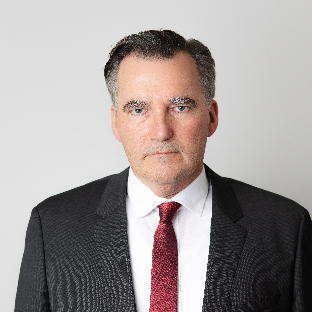Having the chance to see their work in action is a highlight for many Defence Science and Technology Group (DSTG) scientists – and the recent Autonomous Warrior exercise at Jervis Bay provided the opportune time to put underwater projects to the test.
Autonomous Warrior presented a controlled environment to test and evaluate a range of trusted autonomous technologies below and on the surface of the ocean.
Trusted autonomy is one of six innovation, science and technology priorities identified in the Defence Strategic Review – and Defence is working with industry on projects that harness advanced and emerging technologies to provide asymmetric advantage for the ADF.
This year’s Autonomous Warrior exercise had a focus not only on the maturity of the technology, but the maturity of technology integration for mission effectiveness.
The ability to communicate in any hostile environment is critical to relay important command and control information and operational data, however this becomes a bigger challenge when the communication needs to occur between autonomous systems in an underwater domain.
The DSTG team has been working to address this challenge, with two key capabilities being tested and demonstrated during the Autonomous Warrior exercise.
Rock Lobster is a deployable and disposable underwater acoustic communication relay system, which was developed by L3 Harris and demonstrated in collaboration with Navy and DSTG.
The second system was a neuromorphic processing capability used for underwater sensing – a proof of concept developed in collaboration with Western Sydney University and Sydney University, and deployed at Autonomous Warrior on Ocius’ BlueBottle uncrewed surface vessel.
Neuromorphic processing is an approach to processing acoustic signals, inspired by the structure and function of the human brain.
Group Leader of Maritime Integrated Autonomy Amelia Eggerking said the tests for both capabilities were successful.
“The Rock Lobster capability demonstrated the relay of mission-relevant information from the United States to an underwater system in Jervis Bay,” she said.
“While the neuromorphic system was successfully deployed on an Ocius BlueBottle and participated in a number of sensing activities.”
Discipline Lead of Maritime Robotics and Autonomous Systems Communications Justin Dinale said the exercise provided an opportunity for project sponsors, scientists, engineers, industry and Navy to see the capabilities in action in a real-world environment.
“The VIP days also provided opportunities for strong engagement with key stakeholders,” he said.
Science Team Lead for Trials and Experimentation Matt Bigelow said Navy stakeholders and other participants showed great interest in the various systems and were keen to understand more.
Within Defence, DSTG plays a significant role in helping to reshape the maritime space by assisting to develop new concepts and harnessing the strengths of new or current technologies.
Ms Eggerking said collaborating with Defence in the maritime domain allows DSTG to help mature capabilities to meet Navy’s mission needs.
“Testing the capabilities in a real-world environment demonstrates their value to the maritime domain,” she said.
Reflecting on their time at Autonomous Warrior, the DSTG team said the collaboration effort was a highlight, with many people taking the opportunity to engage with Navy partners to understand their needs and challenges.







